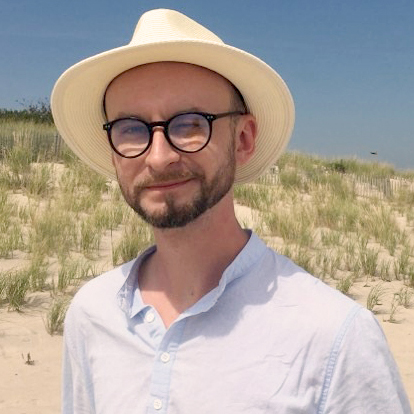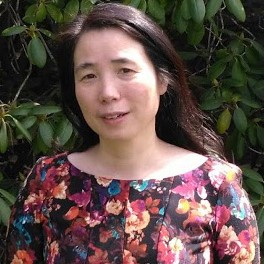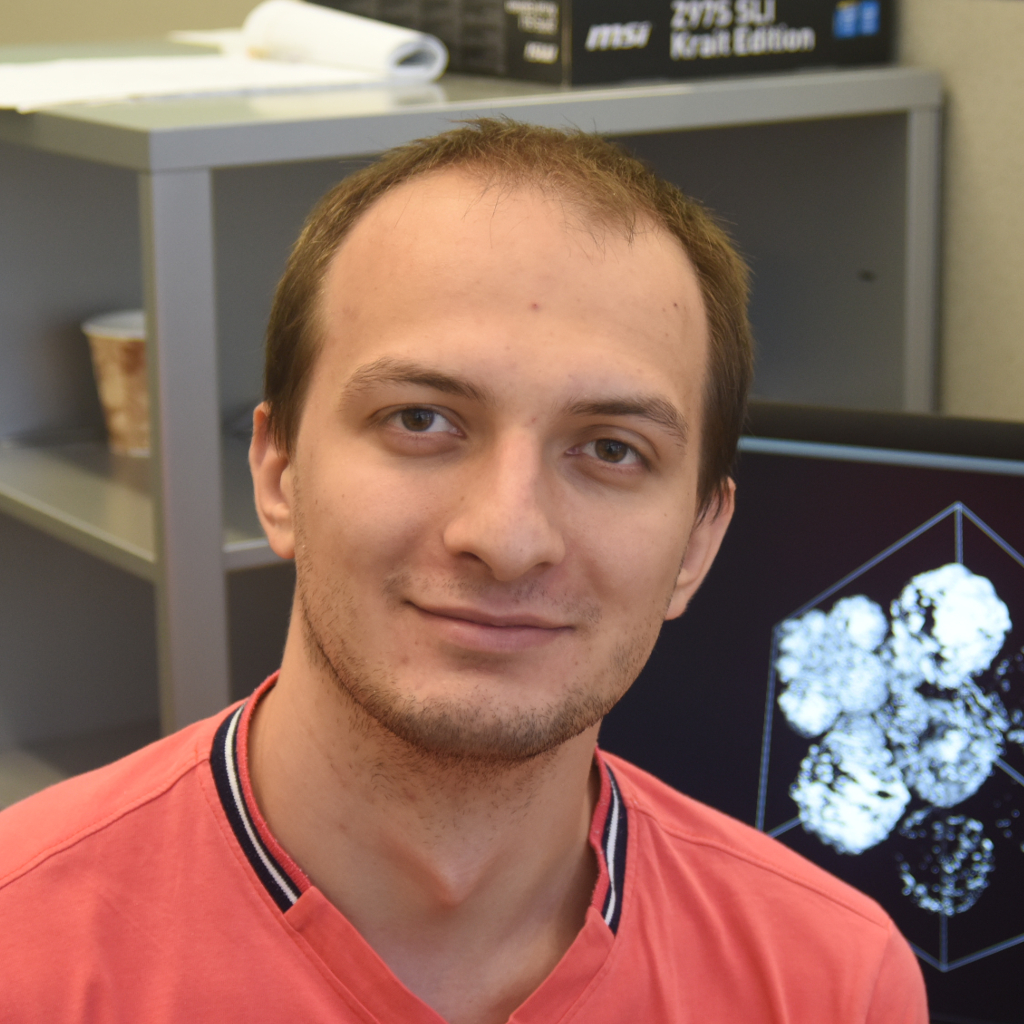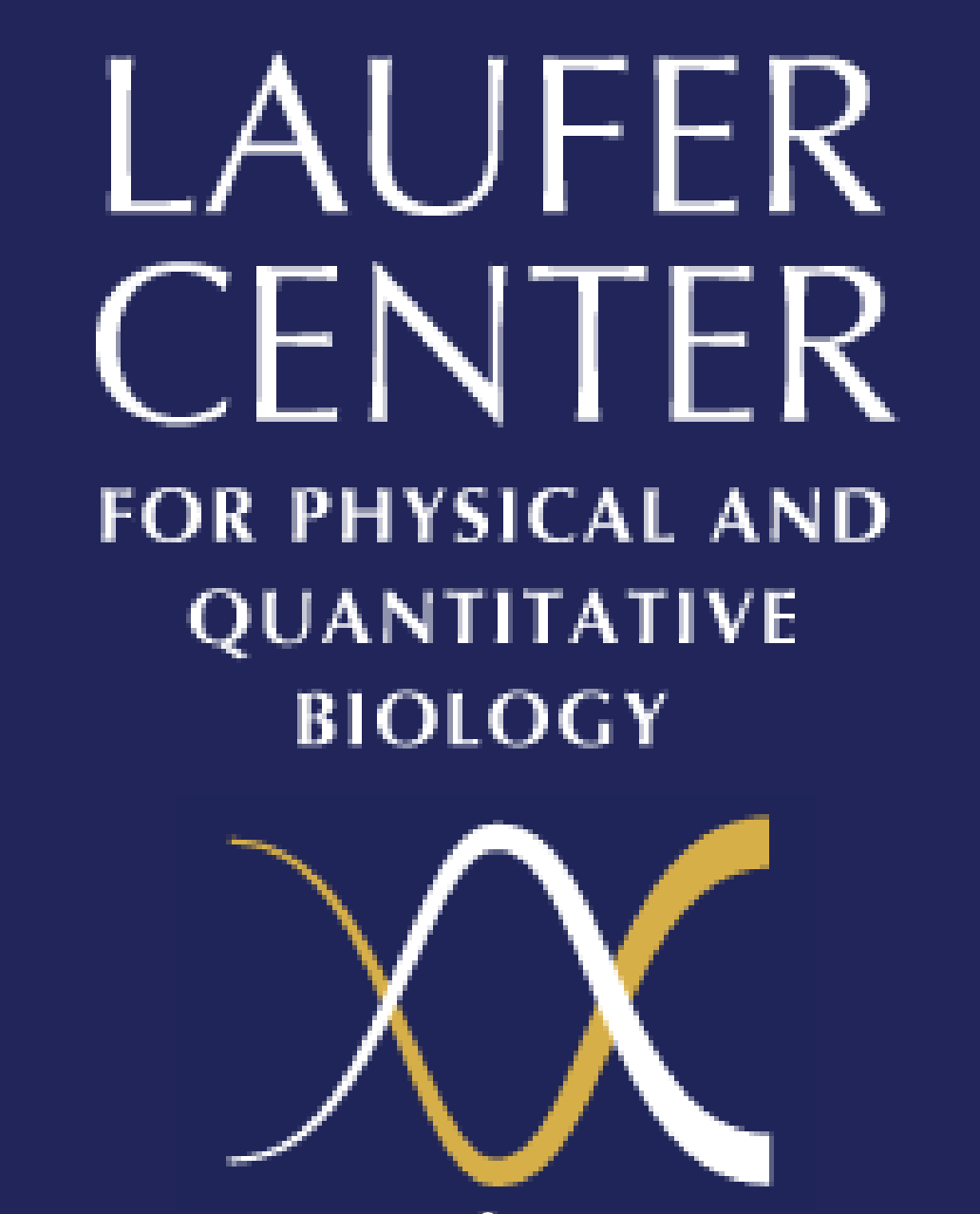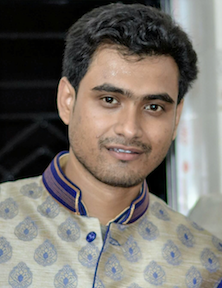 |
Sridip Parui. The broad area of my research is the prediction of structures of biomolecules and the underlying pathways such as protein folding and conformational transitions. Knowing the three-dimensional structure and the related pathways is important for understanding biomolecular function. I believe MELD, which efficiently integrates external information with physics-based modeling, can serve these purposes. (Dill lab) |
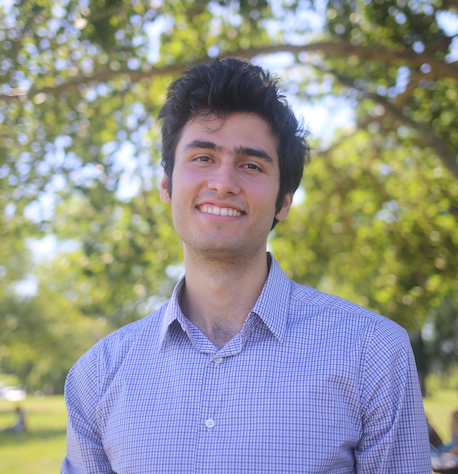 |
Rostam Razban applies tools from statistical mechanics to elucidate underlying forces in biological phenomena, such as “Why do proteins evolve differently?”, “What causes cells to age?” and “How do brain networks transition?” Emphasis is placed on developing biophysical models for which mathematical equations with experimentally measured parameters can be derived. (Dill lab | Bahar lab | Mujica-Parodi lab) |
 |
Lakshmanji Verma. I am interested in molecular-level motions of chemical, physical, and biophysical systems in solvents which manifest interesting microscopic phenomena such as phase separation, aggregation, and nucleation that eventually dictate macroscopic behaviors. My current work focuses on the development of a statistical mechanical water model which will significantly reduce the time and computational cost required to simulate complex phenomena (e.g. protein-ligand complexation dynamics). (Dill lab) |
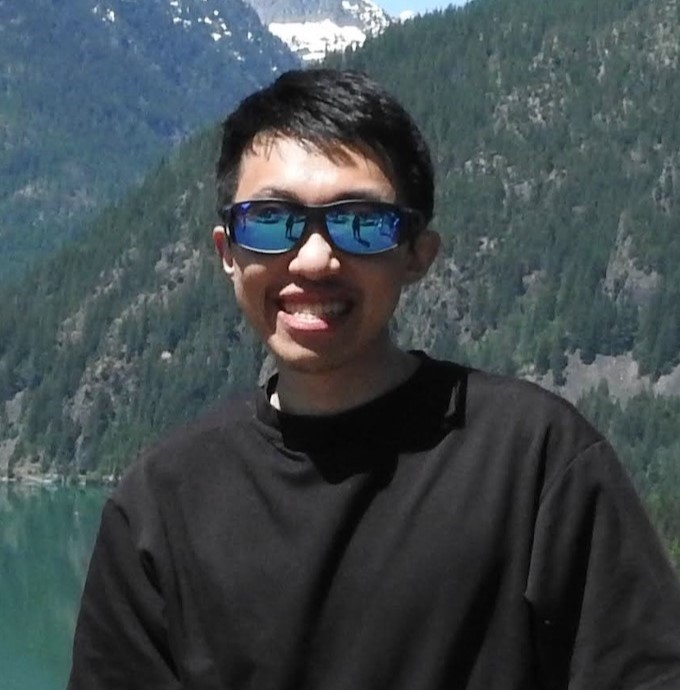 |
Ying-Jen Yang. Thermodynamic/energetic principles can be formulated for stochastic dynamical models of complex systems. These principles include fluctuation-dissipation relations, the landscape theory in stochastic thermodynamics, and the statistical thermodynamics of entropic forces. They are formulated purely from time symmetries and the limit theorems of stochastic models in the ideal data infinitus limit and are thus universal. I am generally interested in developing these theories and applying them to solve problems in cellular biology, neuroscience, and evolution biology. (Dill lab) |
 |
Anthony Bogetti. I am interested in developing methods for more efficient molecular dynamics simulations that enable more ambitious applications. During my PhD at the University of Pittsburgh in the lab of Lillian Chong, I worked on the weighted ensemble method, which uses splitting and merging to achieve more efficient sampling. I was a core developer of the WESTPA software package for weighted ensemble simulations. As a postdoc jointly in the labs of Ken Dill and Ivet Bahar, I am now interested in how the MELD sampling strategy, possibly combined with ENM methods, can further enhance molecular dynamics simulations and enable even more ambitious applications. (Dill lab | Bahar lab) |
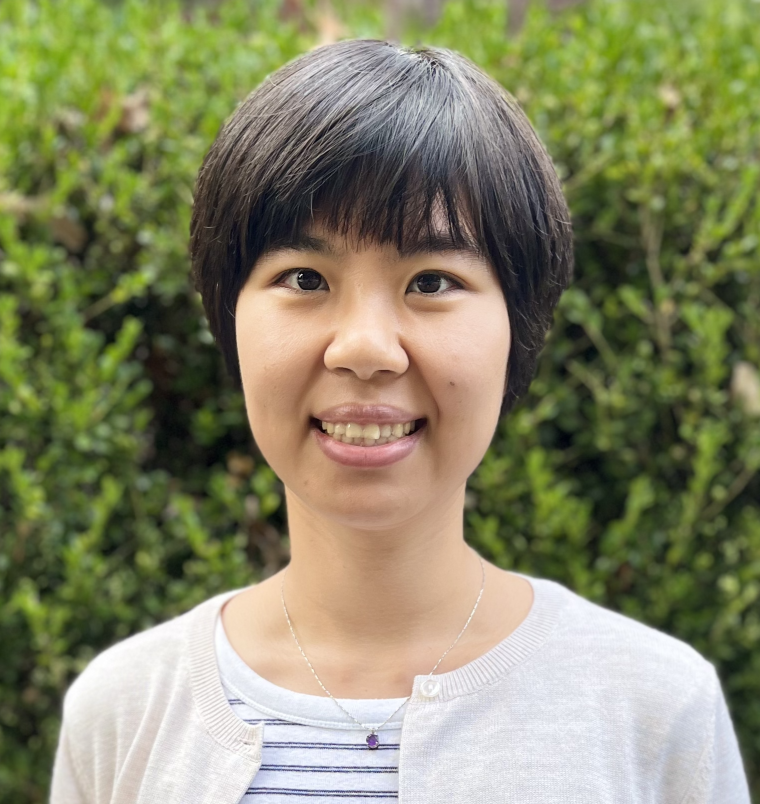 |
Xiaowei Bogetti. I attained my PhD in the lab of Sunil Saxena at the University of Pittsburgh, where I worked on electron paramagnetic resonance spectroscopy and molecular dynamics simulations. As a postdoctoral researcher in the lab of Ivet Bahar, I am interested in integrating experimental data into computational modeling to achieve a more complete understanding of protein dynamics and interactions. (Bahar lab) |
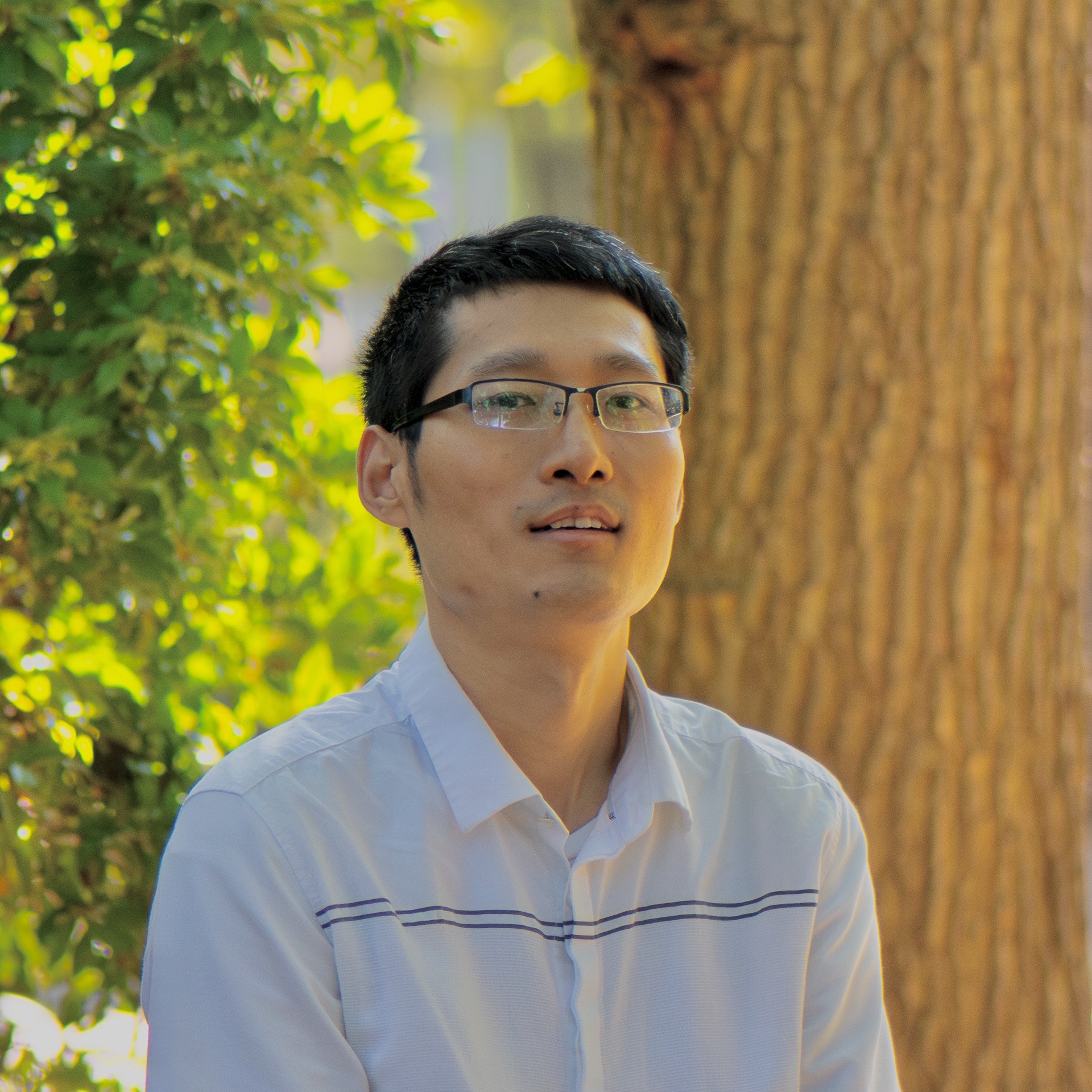 |
Xin Cao. I am interested in the development of geometric methods to study the structure-function relationship of molecules. By using geometry methods, we have developed a robust numerical algorithm for the solutions of inverse kinematics problems arising in molecular structure studies, and a numerical method to compute the molecular surface areas and volumes which are playing significant roles in the solvation of molecules. My current work focuses on the applications of the methods to the quantitative evaluation of molecular interactions and to the efficient exploration of molecular shape spaces, such as macrocycles, loop regions in proteins, and RNAs. (Coutsias lab) |
 |
Yiming Wan. I have a deep-seated interest in the confluence of synthetic biology and cancer biology. My ambition is to seamlessly intertwine these two domains, aiming to produce groundbreaking, quantitative insights into phenotypic landscapes in cancer models. While pursuing my PhD at Stony Brook University under the expert guidance of Dr. Gabor Balázsi, our team harnessed these synthetic biological tools to forge a novel quantitative understanding of a pivotal cancer metastasis regulator, BACH1. Our discoveries revealed that BACH1 regulates cancer invasion in a non-monotonic fashion while consistently inhibiting cell proliferation. As I transition into my postdoctoral role in the Balázsi lab, my vision is to craft cutting-edge, multi-functional cellular platforms. These platforms, boasting expanded dimensions and capabilities, will be instrumental in delving deeper into the quantitative nuances of cancer models and serve as the foundation for safe and efficacious therapeutic interventions. (Balázsi lab) |
